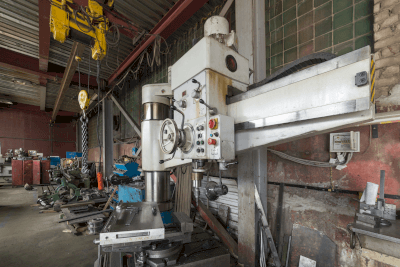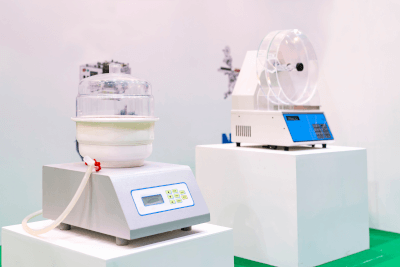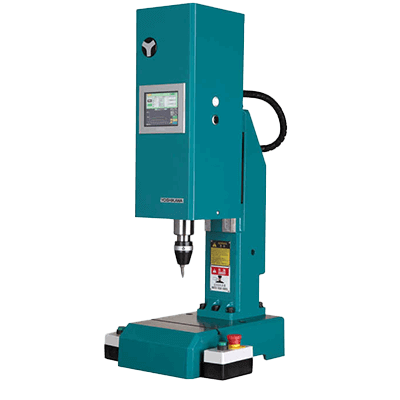What Is a Universal Motor?
A universal motor operates on both direct current (DC) and alternating current (AC) power sources, making it versatile for various electrical environments. Known for their high speed and power output in a compact size, universal motors are ideal for applications where space is limited and high performance is required.
However, the use of brushes in universal motors necessitates regular maintenance, as wear and tear from prolonged use or overload can reduce their lifespan.
Uses of Universal Motors
Universal motors are pivotal in both household appliances and professional tools, providing the necessary power and speed for efficient operation.
1. Household Appliances
These motors power vacuum cleaners, offering the suction and speed needed for different cleaning tasks. They are also found in hair dryers, providing quick drying times, and are key components in kitchen appliances like mixers and blenders.
2. Tools
In the field of power tools, universal motors adapt to both AC and battery power, supporting high-speed, high-torque applications such as electric drills, impact wrenches, and electric screwdrivers, essential for effective woodworking, metalworking, and assembly tasks.
Principle of Universal Motors
The operation of universal motors is based on the interaction between the motor’s main components: the rotor, stator, and brush/commutator system.
1. Rotor
The rotor, or the motor’s moving part, typically features an iron core with windings, designed to minimize heat generation through a laminated structure.
2. Stator
The stator creates the magnetic field that drives the rotor, with its coil’s electric current generating magnetism. Lamination reduces eddy current losses.
3. Commutator
The commutator, along with the brushes, supplies power to the rotor’s windings, facilitating the change in power supply polarity essential for rotation.
How to Select Universal Motors
Selection criteria for universal motors include output capacity, rotational speed, and supply voltage, ensuring the motor meets specific application requirements.
1. Output Capacity
Choose a motor with the right power output, measured in watts (W) or horsepower (HP), to match the demands of the task.
2. Rotational Speed
Consider the motor’s speed, indicated in revolutions per minute (RPM), to ensure it aligns with the operational efficiency and speed requirements.
3. Supply Voltage
Select a motor that matches the available power supply voltage, whether it’s for DC or AC applications, to ensure compatibility with the intended environment.




